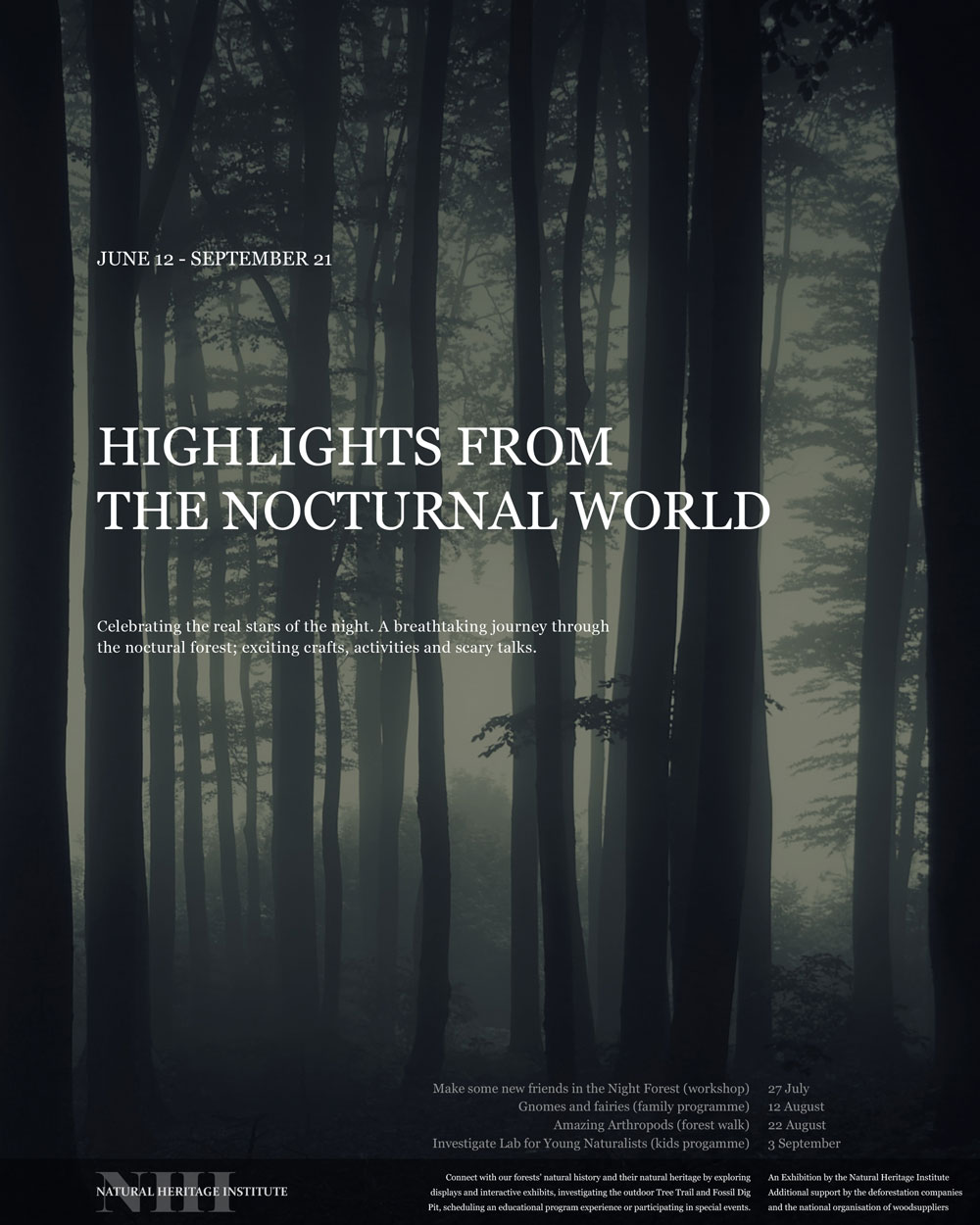
With ‘Rebel Garden’, Musea Brugge is presenting a must-see exhibition that will form part of the Bruges Triennial 2024. This is an extremely timely art exhibition that examines man’s impact on nature and how it affects our environment. Just like the Bruges Triennial, the exhibition will run from 13 April to 1 September 2024. Rebel Garden will break out of the conventional museum walls and will take in no fewer than three museum locations: the Groeninge Museum, the Gruuthuse Museum and the St John’s Hospital Museum. Its central theme of ‘garden’, which symbolises nurturing, creation and resistance, will form the common thread that links the different venues together. Gardens are local barometers that indicate the state of our planet – they form part of our ideal living environment and, at the same time, a place where the effects of ecological change are becoming increasingly visible. They are therefore an ideal starting point when exploring our complex relationship with nature.
Ancient and contemporary art. In particular, this ambitious exhibition will address topical themes such as the effects of global warming, the sixth mass extinction and climate activism, man’s symbiosis with nature and the relationship between the artist and the garden. A selection of artworks from Musea Brugge’s own collection will introduce those themes and engage in a dialogue with some recent works and creations. Works by artists such as Roger Raveel, Emile Claus and Otobong Nkanga from the collection of Musea Brugge will be on display, but you can also expect see prestigious works by over fifty contemporary artists such as Guillaume Bijl, Christine Ödlund, Giuseppe Penone, Rose Wylie and Per Kristian Nygård, whose garden sculpture will be one of the most eye-catching exhibits of Rebel Garden on the Gruuthuse inner courtyard.
